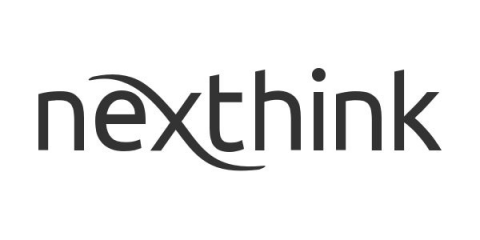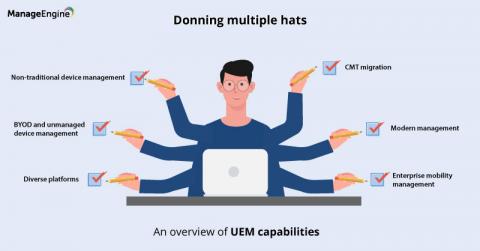Dear IT, Employee Engagement Is On You
Dear IT, Ten years ago you and I would have never discussed things like employee experience and engagement. We used to communicate in more defined terms. Admittedly, business needs were more centered on our customers, less on our own employees. But times have changed. This is the age of employee experience and if we don’t take it seriously, and involve IT all the way, our company we’ll get left behind.







